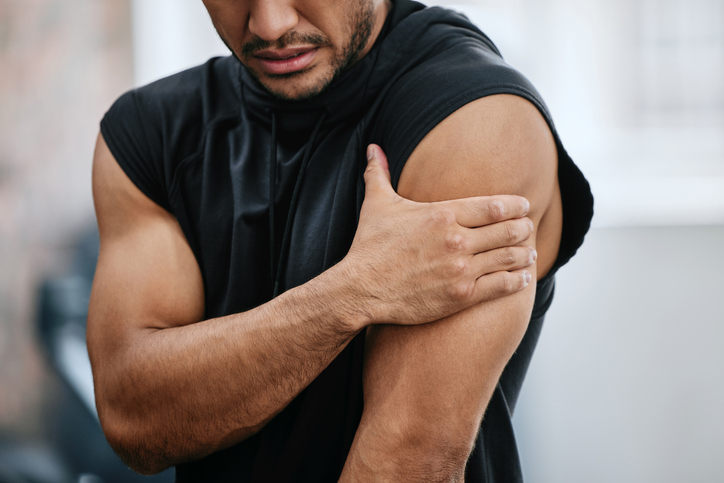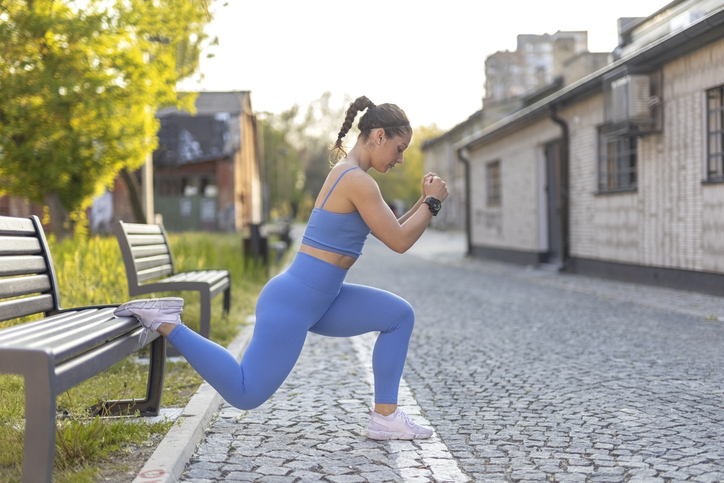
Physical Therapy for Sports Rehabilitation: Maximizing Recovery and Performance

Sports rehabilitation is a specialized field of physical therapy focused on the prevention, diagnosis, treatment, and recovery from sports-related injuries. This discipline combines the principles of physical therapy with a deep understanding of sports science to help athletes of all levels regain their strength, mobility, and function.
Key areas within sports rehabilitation include ACL reconstruction, athletic training support, rotator cuff repair, sports performance enhancement, and sport-specific rehabilitation.
ACL Reconstruction
The anterior cruciate ligament (ACL) is one of the key ligaments that help stabilize the knee joint. ACL injuries are common in sports that involve sudden stops and changes in direction, such as soccer, basketball, and skiing. When an ACL injury occurs, it often requires surgical intervention, known as ACL reconstruction, to restore stability and function to the knee.
Rehabilitation after ACL reconstruction is a crucial component of the recovery process. Physical therapy typically begins shortly after surgery with the goal of reducing pain and swelling, restoring range of motion, and gradually rebuilding strength. Early stages of rehab focus on gentle exercises to prevent stiffness and maintain muscle tone. As recovery progresses, more intense exercises are introduced to strengthen the quadriceps, hamstrings, and other muscles around the knee.
Balance and proprioception training are also essential, as they help the athlete regain the neuromuscular control needed for sports activities. The final phase of rehab includes sport-specific drills and exercises designed to prepare the athlete for a safe return to their sport. This comprehensive approach ensures that the athlete regains full functionality and minimizes the risk of re-injury.
Athletic Training Support
Athletic trainers play a vital role in the sports rehabilitation process. They are often the first responders when an injury occurs and provide immediate care to minimize damage. Athletic trainers also work closely with physical therapists to design and implement rehabilitation programs tailored to the specific needs of the athlete.
In addition to injury management, athletic trainers are instrumental in preventive care. They conduct assessments to identify potential risk factors and develop conditioning programs to address these risks. This proactive approach helps reduce the incidence of injuries and ensures that athletes maintain optimal performance levels. Athletic trainers also provide valuable education on proper techniques and body mechanics to further prevent injuries.
Rotator Cuff Repair
Rotator cuff injuries are prevalent in sports that involve repetitive overhead motions, such as baseball, swimming, and tennis. The rotator cuff is a group of muscles and tendons that stabilize the shoulder joint. When these tissues are torn or damaged, it can lead to significant pain and dysfunction.
Rotator cuff repair surgery is often necessary to restore the integrity of the shoulder joint. Post-surgery rehabilitation focuses on restoring range of motion, reducing pain, and gradually strengthening the shoulder muscles. Initially, passive range-of-motion exercises are performed to prevent stiffness and scar tissue formation. As healing progresses, active exercises are introduced to build strength and improve function.
A critical aspect of rotator cuff rehabilitation is the gradual progression of exercises to ensure that the repaired tissues are not overstressed. The final stages of rehab involve sport-specific training to help the athlete regain the necessary skills and confidence to return to their sport safely.
Sports Performance Enhancement
Sports performance enhancement is an integral part of sports rehabilitation. Physical therapists and athletic trainers work together to help athletes improve their strength, speed, agility, and overall performance. This involves a combination of strength training, conditioning, flexibility exercises, and neuromuscular training.
Customized training programs are developed based on the athlete’s specific needs and goals. These programs focus on improving the physical attributes required for their sport while also addressing any weaknesses or imbalances that may predispose them to injury. Performance enhancement training not only helps athletes reach their peak potential but also plays a crucial role in injury prevention.
Sport-Specific Rehabilitation
Sport-specific rehabilitation tailors the recovery process to the unique demands of each sport. This approach ensures that the rehabilitation program is relevant and effective in preparing the athlete for a safe return to competition.
Sport-specific rehab involves exercises and drills that mimic the movements and skills required in the athlete’s sport. For example, a soccer player recovering from an ACL injury would engage in exercises that focus on cutting, pivoting, and kicking. Similarly, a baseball player recovering from a rotator cuff repair would perform throwing and pitching drills.
By incorporating sport-specific elements into the rehabilitation program, physical therapists can address the unique challenges and demands of each sport. This targeted approach helps athletes regain their pre-injury performance levels and reduces the risk of re-injury.
Conclusion
Physical therapy for sports rehabilitation is a dynamic and multifaceted field that plays a crucial role in the recovery and performance enhancement of athletes.
Whether it involves ACL reconstruction, athletic training support, rotator cuff repair, or sport-specific rehab, the goal is to help athletes return to their sport safely and efficiently.
By combining evidence-based practices with a deep understanding of sports science, physical therapists and athletic trainers provide athletes with the tools they need to achieve optimal recovery and performance.
